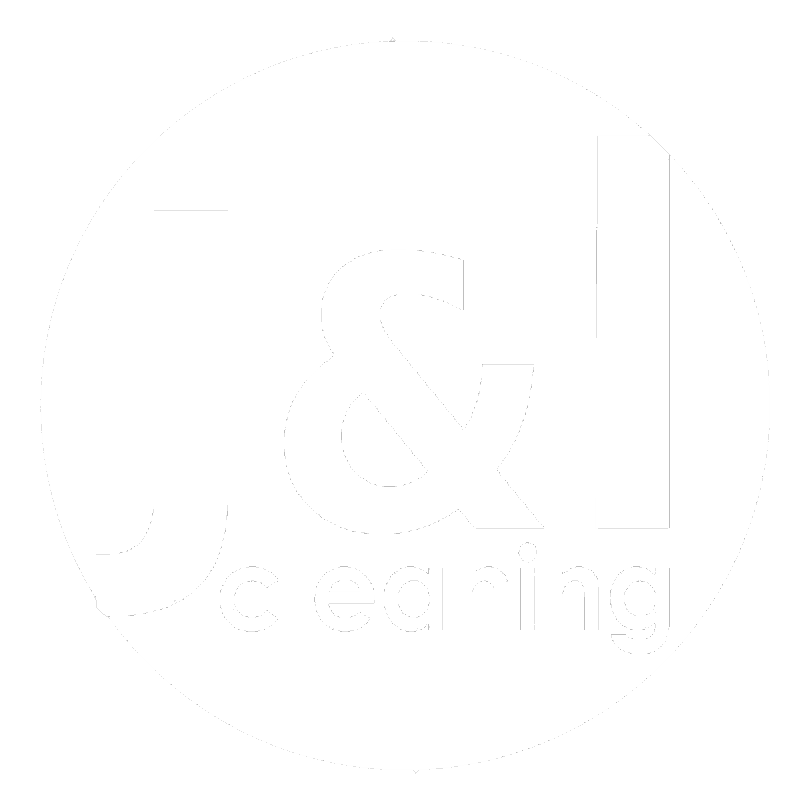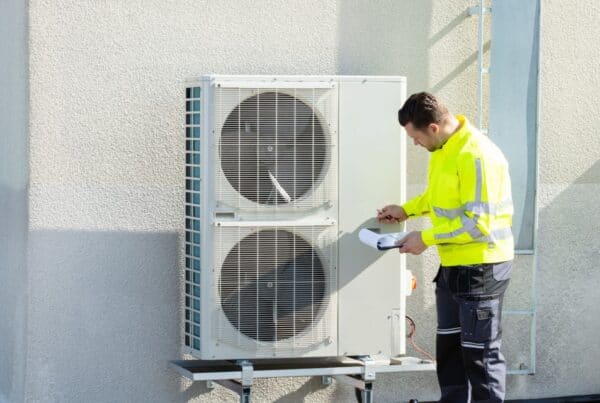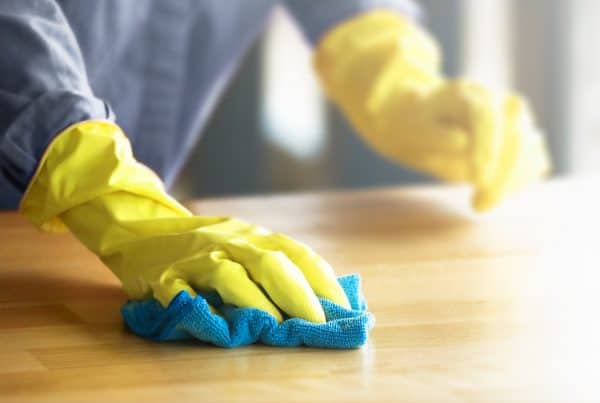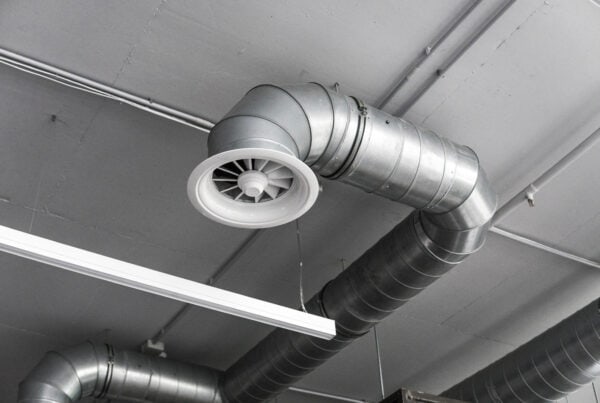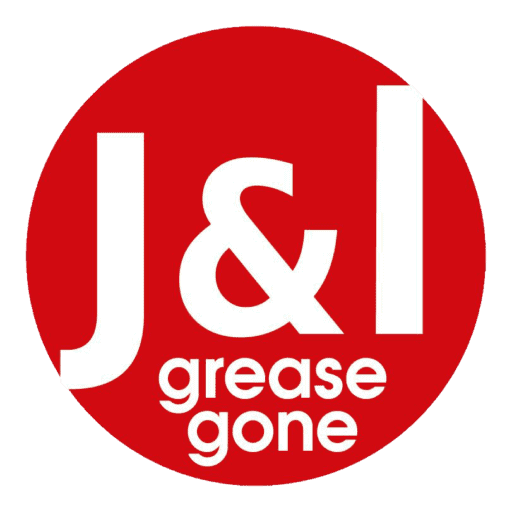Why Ventilation Filters Matter in Restaurants
In a busy restaurant kitchen, the ventilation system plays a crucial role in removing grease, steam and odours. At the centre of that system are the filters, which capture airborne particles before they can circulate back into the workspace or dining area.
Replacing these filters regularly is not just about fresh air. It supports compliance with health and safety standards, reduces fire risks, and keeps energy costs under control. In high-use kitchens, filters clog quickly, leading to poor air flow, unpleasant odours and unnecessary strain on equipment.
At J&I Cleaning, we know that a consistent replacement schedule keeps kitchens safer, cleaner and more efficient. In this blog, we explain how often ventilation filters should be replaced, what factors affect frequency, and why expert support matters.

Factors That Influence Replacement Frequency
The frequency of ventilation filter replacement in restaurants is not the same for every business. Several factors determine how quickly filters become clogged and how often they should be changed.
One of the biggest influences is the type of food being prepared. Kitchens that produce greasy or fried foods will naturally see filters clog faster than those serving lighter dishes. The volume of cooking also matters, as a high-capacity restaurant kitchen operating long hours will need more frequent replacements than a smaller café.
The size and design of the ventilation system is another consideration, as well as compliance with local health and safety requirements. Regular ventilation inspections can help identify early signs of blockage and ensure replacements are scheduled before problems occur.
How Often Should Ventilation Filters Be Replaced?
While every kitchen is different, most restaurants should expect to replace ventilation filters on a regular basis. For busy kitchens producing high volumes of fried or greasy food, filters may need to be changed every month. Smaller operations with lighter cooking may be able to extend this to every two or three months, provided filters are checked frequently.
Industry best practice recommends regular inspections to avoid guessing. A visual check will often show whether a filter is becoming blocked, with grease build-up or reduced air flow being clear warning signs. What matters most is consistency, as waiting too long can create hygiene issues and compliance risks.
At J&I Cleaning, we advise setting a clear schedule that suits your kitchen’s needs and keeps you ahead of potential problems.

